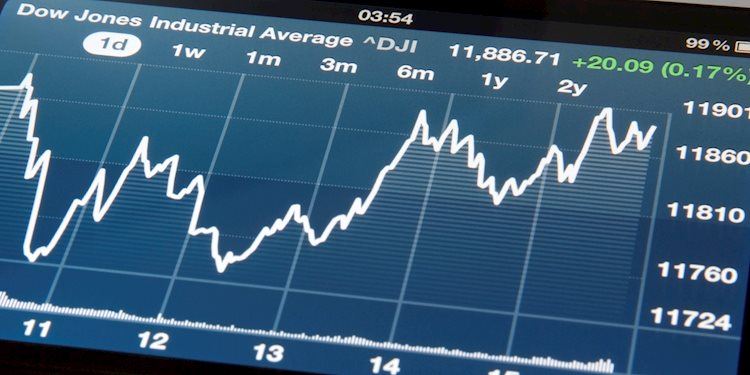The Dow Jones Industrial Average (DJIA) took a hit on Friday, dropping 0.7% at its lowest point as a tech stock rally overshadowed the performance of the blue-chip index. Despite holding on to the high end, the Dow Jones saw its first down week since August. The broad tech rally led to a meager recovery late on Friday, with the major index finishing the week down 2.7%. Stocks struggled under the weight of marginally higher bond yields, with the 10-year Treasury yield easing back toward 4.2% at the end of the week.
Tesla (TSLA) contributed to the tech sector rally, with a higher-than-expected quarterly revenue boosting the stock. Other major tech companies such as Meta (META) and Netflix (NFLX) also saw gains on Friday. However, two-thirds of securities listed on the Dow Jones were testing the low end, with companies like McDonald’s (MCD) and Goldman Sachs (GS) shedding revenue bids despite posting above-forecast earnings reports. The tech and AI bubble provided some relief, with companies like Intel (INTC) and Salesforce (CRM) seeing gains.
The Dow Jones spent most of the trading week grinding lower as it took a break from its strong performance in 2024. The index snapped a six-week win streak but remains firmly in bull country, pulling back from the 43,000 mark. Technical indicators are oscillating, with price action outrunning long-term moving averages. The Dow Jones remains above the 200-day Exponential Moving Average (EMA), struggling to rise above 35,000.
The Dow Jones Industrial Average is composed of the 30 most traded stocks in the US, calculated by summing the prices of the constituent stocks and dividing them by a factor. Factors such as quarterly earnings reports, macroeconomic data, interest rates set by the Federal Reserve, and inflation can drive the performance of the DJIA. Dow Theory, developed by Charles Dow, is used to identify the primary trend of the stock market by comparing the direction of the DJIA and the Dow Jones Transportation Average (DJTA).
Investors can trade the DJIA through ETFs, such as the SPDR Dow Jones Industrial Average ETF (DIA), futures contracts, options, and mutual funds. These investment vehicles provide investors with exposure to the overall index without having to buy shares in all 30 constituent companies individually. The DJIA has been critiqued for not being broadly representative enough due to its focus on tracking large conglomerates, unlike broader indices like the S&P 500.









